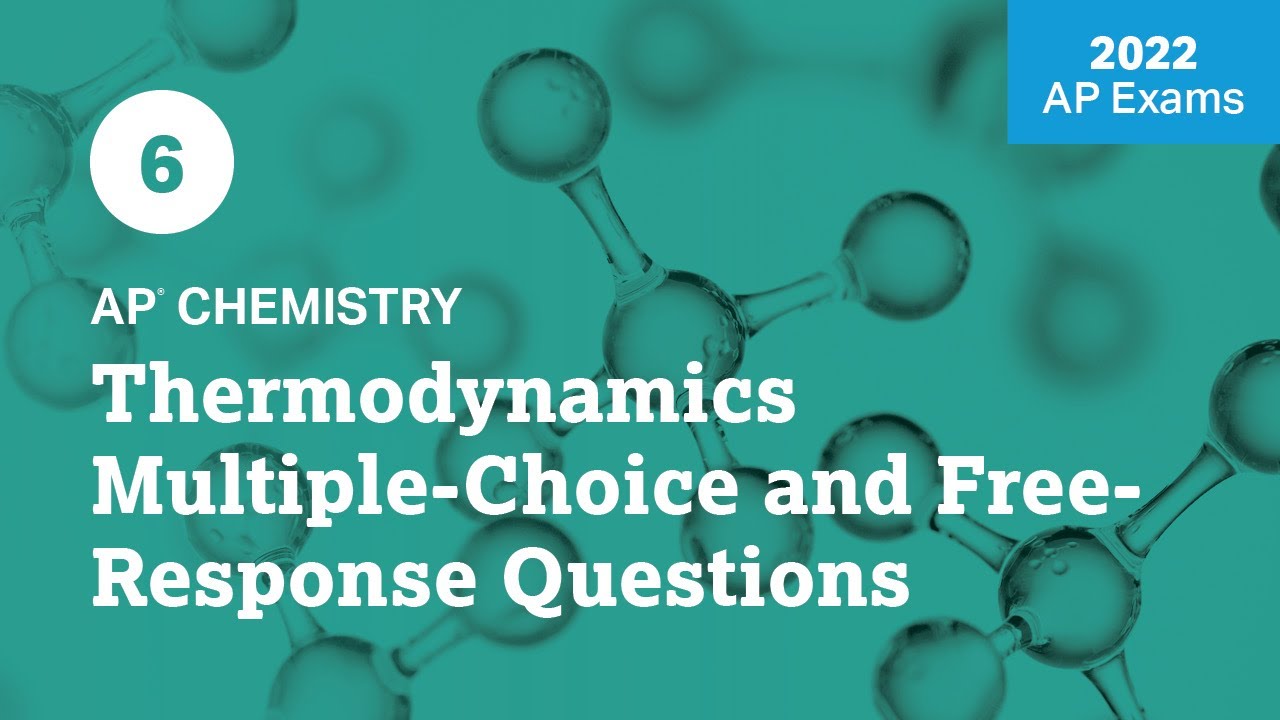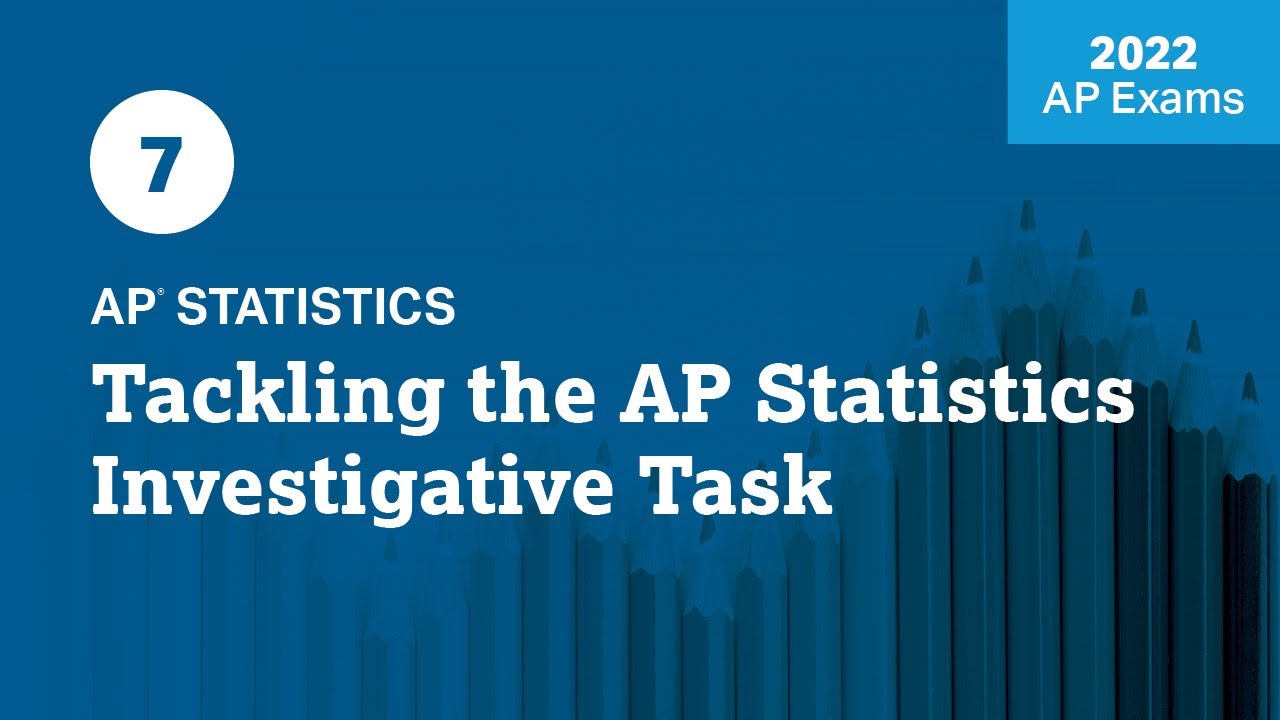AP Environmental Science Unit 1 Review (Everything you Need to Know!)
TLDRIn this informative video, Mr. Smees guides students through a comprehensive review of Unit 1 for the AP Environmental Science exam. He emphasizes the importance of understanding key concepts such as ecosystems, biomes, and biogeochemical cycles, including carbon, nitrogen, phosphorus, and water cycles. Mr. Smees also discusses primary productivity and energy flow through food chains and webs, highlighting the concept of trophic cascades. The video encourages students to use supplementary study materials for a deeper understanding and better exam preparation.
Takeaways
- 📚 Start by pausing the video and downloading the free Unit 1 Ultimate Review Packet for comprehensive study materials.
- 🌄 Understand the distinction between ecosystems, environment, and habitat, with ecosystems being specific interactions in a region and the environment being the broader natural world.
- 🔍 Clarify the misconception between symbiosis and mutualism; symbiosis refers to organisms living in proximity, while mutualism benefits both species involved.
- 🌳 Review the concept of biomes, which are regions on Earth defined by consistent temperature and precipitation patterns, and remember that changes in these patterns can lead to biome shifts.
- 💧 Explore the characteristics of aquatic biomes, including salinity, flow, and depth, and their impact on the organisms living within them.
- 🔄 Learn about the biogeochemical cycles, focusing on the carbon, nitrogen, phosphorus cycles, and how they differ in terms of gas phases and the role of organisms and human activities.
- 🌿 Grasp the importance of primary productivity, which is the rate of photosynthesis in an area, and distinguish between gross primary productivity and net primary productivity.
- 🥗 Examine the flow of energy through ecosystems via trophic pyramids, noting that only 10% of energy is transferred from one trophic level to the next.
- 🌐 Consider the impact of food webs and food chains on ecosystems, and how the removal of one species can cause trophic cascades affecting the entire web.
- 📈 Practice with the study guide and answer keys provided to ensure a deep understanding of the material and prepare for the AP Environmental Science exam.
Q & A
What is the primary focus of the AP Environmental Science exam's Unit 1?
-The primary focus of Unit 1 in the AP Environmental Science exam is ecosystems. It covers topics such as the definition of an ecosystem, the relationships between organisms, biomes, and bio-geochemical cycles including carbon, nitrogen, phosphorus, and water cycles.
How does the term 'ecosystem' differ from 'environment' and 'habitat'?
-An 'ecosystem' refers to the interaction of living and non-living things in a specific region. The 'environment' refers to the entire natural world, while a 'habitat' refers to the specific environmental conditions necessary for a species to survive.
What is the key difference between symbiosis and mutualism?
-Symbiosis refers to any organisms that live in close proximity to each other, while mutualism is a type of symbiosis where both species benefit from the relationship.
How do changes in temperature and precipitation patterns affect biomes?
-Changes in temperature and precipitation patterns can cause biomes to shift. For example, if the average annual temperature and precipitation increase, biome locations may move to areas that were previously cooler or drier.
What are the three common pieces of terminology used in bio-geochemical cycles?
-The three common pieces of terminology used in bio-geochemical cycles are reservoirs (which temporarily store matter), sources (processes that move matter between reservoirs), and sinks (reservoirs that take in increasing amounts of matter over time).
Why is the carbon cycle particularly important in relation to global climate?
-The carbon cycle is important because the amount of carbon dioxide and methane in the atmosphere, which is influenced by the carbon cycle, determines Earth's global climate. Higher levels of these gases lead to a warmer planet.
What is the role of nitrogen fixation in the nitrogen cycle?
-Nitrogen fixation is the process of converting unusable nitrogen gas (N2) into usable forms like ammonia or nitrate, which plants can assimilate. This is crucial for life on Earth as plants cannot use atmospheric nitrogen directly.
How does the phosphorus cycle differ from the carbon and nitrogen cycles?
-The phosphorus cycle differs from the carbon and nitrogen cycles in that it does not have a gas phase and cycles more slowly. Phosphorus is found in rocks and sediments and is released through weathering and erosion processes.
What is the driving force behind the water or hydrologic cycle?
-The water or hydrologic cycle is driven by the energy from the sun. Solar energy causes water to evaporate, and this water eventually returns to Earth as precipitation.
How is primary productivity calculated and what does it represent?
-Primary productivity is calculated by determining the rate of photosynthesis in a given area over a certain time period. It represents the rate, not just the total amount, of energy conversion from sunlight to organic matter by producers (plants) in an ecosystem.
What is the significance of the 10% rule in the context of trophic pyramids?
-The 10% rule signifies that each trophic level in a trophic pyramid only receives 10% of the energy from the level below it. This means that as you move up the pyramid, less energy is available to organisms, which is why apex predators require large territories.
What is a trophic cascade and how does it impact an ecosystem?
-A trophic cascade is the powerful effect predators have on an ecosystem's structure and function. The removal or addition of a species, particularly a top predator, can cause significant changes in the populations of species at lower trophic levels, affecting the entire food web.
Outlines
📚 Introduction to Ecosystems and AP Environmental Science Review
This paragraph introduces the video's purpose, which is to assist students in preparing for their AP Environmental Science exams. The speaker, Mr. Smees, encourages viewers to download a free review packet from the video description, which includes study guides, practice questions, and full-length practice exams. The video begins with a review of Unit 1 on ecosystems, emphasizing the importance of understanding the distinctions between ecosystems, habitats, and environments. The speaker clarifies that an ecosystem involves the interaction of living and non-living things in a specific area, while the environment refers to the entire natural world. The paragraph also addresses common misconceptions about symbiosis and mutualism, highlighting the need for both species in a relationship to benefit for it to be considered mutualistic.
🌿 Aquatic and Terrestrial Biomes, Salinity, Flow, and Adaptations
In this paragraph, the focus shifts to biomes, which are regions on Earth with consistent temperature and precipitation patterns, such as tropical rainforests and tundras. The speaker explains how changes in these patterns can lead to biome shifts, with the current example of the tropics expanding due to global temperature rise. The discussion then moves to aquatic biomes, emphasizing the importance of salinity, flow, and depth. The unique characteristics of estuaries are explored, including their brackish water and the adaptations of species like mangroves to high salinity levels. The paragraph also touches on the productivity of estuaries due to the high nutrient content brought by sediments from rivers.
🔄 Biogeochemical Cycles: Carbon, Nitrogen, Phosphorus, and Water
This paragraph delves into the biogeochemical cycles of carbon, nitrogen, phosphorus, and water. The law of conservation of matter is introduced, stating that matter changes forms but is not created or destroyed. The carbon cycle is discussed, highlighting the critical role of photosynthesis, respiration, and human activities like fossil fuel combustion in affecting atmospheric carbon levels. The nitrogen cycle is then explained, with an emphasis on nitrogen fixation, the process by which atmospheric nitrogen is converted into forms usable by plants. The paragraph also covers the phosphorus cycle, which lacks a gas phase and is characterized by slow movement through rocks and sediments. Lastly, the water cycle is described, detailing how solar energy drives the evaporation, infiltration, and transpiration processes.
🌱 Primary Productivity and Energy Flow in Ecosystems
The paragraph discusses the concept of primary productivity, which refers to the rate of photosynthesis in an area, and distinguishes it from the total amount of photosynthesis. The speaker clarifies the difference between gross primary productivity (GPP) and net primary productivity (NPP), with the latter accounting for energy lost through respiration. The process of calculating NPP is outlined using a simple equation (NPP = GPP - RL). The paragraph also explores how energy moves up the food chain, introducing the concept of the 10 rule, which states that each trophic level only receives 10% of the energy from the level below. The shape of the trophic pyramid is used to illustrate energy flow and the loss of energy at each level. The importance of understanding food webs and the impact of species removal on the ecosystem is emphasized, with the concept of trophic cascades introduced as a powerful effect of predators on the ecosystem structure.
🎓 Final Thoughts and Resources for AP Environmental Science Success
In the concluding paragraph, the speaker reiterates the importance of understanding the concepts covered in Unit 1 for success in the AP Environmental Science exam. Encouragement is given for students to download the free review packet and consider purchasing additional resources for comprehensive exam preparation. The speaker highlights the mutualistic relationship between the student and the provided resources, aiming for a symbiotic relationship where both parties benefit. The video ends with a reminder to think and write like a scholar, reinforcing the goal of academic excellence.
Mindmap
Keywords
💡Ecosystems
💡Habitat
💡Symbiosis
💡Biomes
💡Aquatic Biomes
💡Carbon Cycle
💡Nitrogen Cycle
💡Phosphorus Cycle
💡Water Cycle
💡Primary Productivity
💡Trophic Pyramid
Highlights
Mr. Smees introduces the video's purpose: to help students study for their AP Environmental Science exams.
Students are encouraged to download the free Unit 1 Ultimate Review Packet for study guides, practice questions, and full-length practice exams.
The importance of practicing FRQ (Free Response Questions) writing is emphasized, as it is a common reason students lose college credit on the AP exam.
A clear definition of an ecosystem is provided, differentiating it from the environment and habitat, and explaining the relationships between organisms within an ecosystem.
The distinction between symbiosis and mutualism is clarified, with examples provided to illustrate the difference.
The concept of biomes is introduced, explaining how they are determined by average temperature and precipitation patterns.
The impact of changing temperature and precipitation patterns on biome locations is discussed, with the current expansion of the tropics as an example.
Aquatic biomes are characterized by factors such as salinity, flow, and depth, with estuaries highlighted as unique and productive ecosystems.
The law of conservation of matter is introduced, setting the stage for discussions on carbon, nitrogen, phosphorus, and water cycles in ecosystems.
The carbon cycle is explained, emphasizing the critical role of photosynthesis, respiration, and human activities like fossil fuel combustion.
The nitrogen cycle is discussed, with nitrogen fixation identified as a crucial process for life on Earth.
The phosphorus cycle is described, noting its lack of a gas phase and its slower rate compared to other biogeochemical cycles.
The water or hydrologic cycle is introduced, highlighting the sun's energy as the driving force behind the cycle.
Primary productivity is defined, and the difference between gross and net primary productivity is explained.
Trophic pyramids are introduced to represent energy flow in ecosystems, with the 10% rule (or second law of thermodynamics) explained.
Food webs and food chains are discussed, emphasizing the movement of energy and matter, and the concept of trophic cascades.
The video concludes with an encouragement for students to use the provided resources to prepare for the AP Environmental Science exam.
Transcripts
Browse More Related Video

AP Environmental Science Semester 1 Exam Review

Calculus BC – 10.15 Representing Functions as a Power Series

Reviewing the 2021 AP Biology FRQ Exam - Administration #1

2022 Live Review 6 | AP Chemistry | Thermodynamics Multiple-Choice and Free-Response Questions

2022 Live Review 7 | AP Statistics | Tackling the AP Statistics Investigative Task

2021 Live Review 1 | AP World History | Discussing Units 1-3
5.0 / 5 (0 votes)
Thanks for rating: